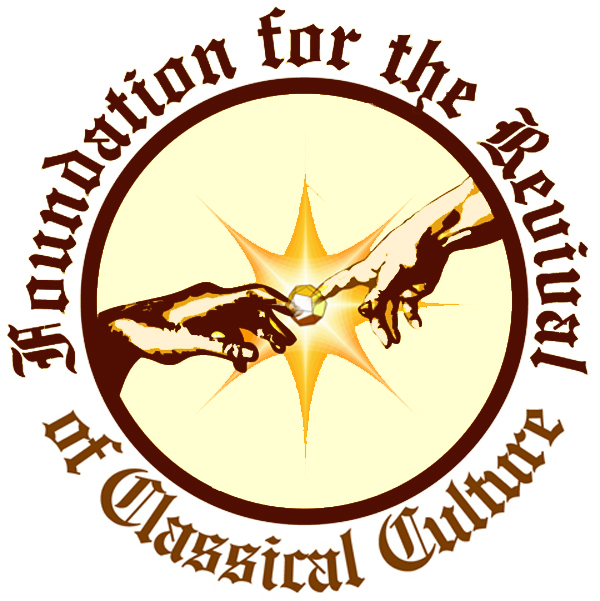DAILY DOSE of BEETHOVEN (November 6, 2020)
The third movement of this symphony is a scherzo (meaning musical joke).
The indication for the movement is “presto”—meaning "as fast as possible”, which today is often taken at tempo indication. Actually, the word means soon, or suddenly, as in "suddenly appearing, as if by magic." Thus, it may sometimes indicate more of an effect than a tempo.
The movement certainly starts that way, no matter what tempo you take. Here is a typically fast version by Paavo Jarvi:
FOLK SONG INFLUENCE
We discussed in two recent posts Beethoven's work with other national cultures. He wrote 112 Scottish, Welsh and Irish folk songs, which were published with great personal difficulty (during the Napoleonic Wars, he had to send three copies to Scotland, by different routes, just to make sure they arrived. Ironically, he found that the most secure route was through Paris!). Monetary compensation is doubtful his main motivation. He also composed songs of different nationalities, including Polish, Russian, Danish, Portugeuse, Spanish and Ukraininan. The fourth movement of this symphony clearly derives from one of his Irish song settings.
The great scientist, Alexander von Humboldt (1769-1859), returned from his voyages to South America with voluminous scientific reports, including songs from Mexico, where he visited in 1804. If this scherzo is performed slower, striking similarities to Mexican music, including the famous "hat dance" can be heard. We have no proof of a Mexican connection, but we thought you might like to hear it.
If you move to 22:29 in this recording on the entire symphony by Pablo Casals, you will hear it. Even though it’s slower, it still bursts onto the scene, "presto."
Every scherzo has a " trio" section, deriving from the Sherzo's ancestor, the “Minuet”. In 17th century French music, it actually was a trio—three instruments. Although they no longer held to that limitation, the trios of Haydn, Mozart, and Beethoven all feature reduced orchestration, with exceptions. The trio begins at 2:17, and reappears at 5:37 in the Jaavi recording; at 25:07, reappearing at 29:10, in the Casals recording. It is reported to be based on an Austrian pilgrim's hymn. What relation that song bears to the main theme we know not.
